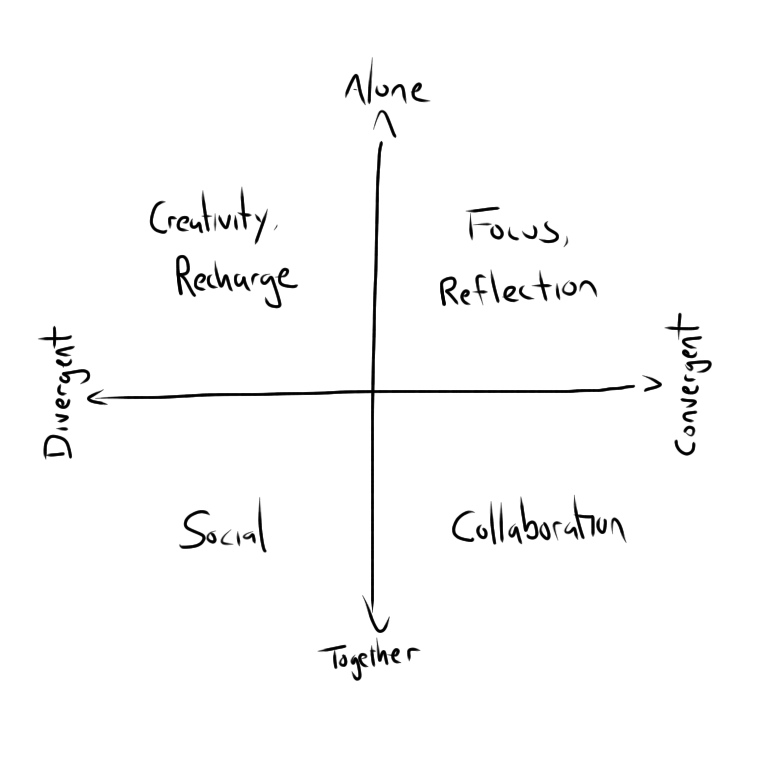Can Bees Count?
/From the annals of clever research designs:
A wonderful study was published last week in Science by Scarlett Howard, Adrian Dyer, and their colleagues at RMIT University in Melbourne. Here’s what they wanted to know:
Do bees understand zero?
Title of this post aside, it’s actually already been demonstrated that honey bees can count. But, understanding zero as a mathematical construct is something much bigger. From the NYTimes summary:
“This is a big leap. Some past civilizations had trouble with the idea of zero. And the only nonhuman animals so far to pass the kind of test bees did are primates and one bird. Not one species, one bird, the famed African gray parrot, Alex.”
The problem is that bees make terrible interview subjects, and aren’t big on math class either. So here’s what the researchers did. They placed small white squares, each of which had 1-4 black shapes printed on it, on a wall. Each had a small landing platform. Bees were then released into the enclosure, and some rewarded for landing on squares with more shapes, others for landing on squares with fewer.
Once the bees were trained, the researchers introduced a blank card (zero shapes). And with a drumroll: bees who had been trained to seek fewer shapes landed on it, while bees trained to seek more shapes avoided it.
What this shows is that bees understand that zero is a mathematical construct, a number lower than one that is part of a sequence of numbers. Moreover, the bees did even better when the zero card was paired with a high number (e.g., four or five) vs. a lower one (e.g., one or two). What this suggests is that bees understood numerical distance – that is, one is bigger than zero, but five is much bigger than zero.
Moreover, the bees were even able to distinguish between two unfamiliar numbers. In a final experiment, the researchers trained bees using cards with 2-5 black shapes, and then presented them with two brand new cards at the same time: one with one black shape, and one with zero. Again, bees that had been trained to seek fewer shapes preferred zero to one – meaning that they could carry their training into a completely new setting and order two novel numbers.
This degree of mathematical ability has actually never been observed in insects, and actually places bees on a level with “animals such as the African grey parrot, nonhuman primates, and even preschool children.”
Wild.




